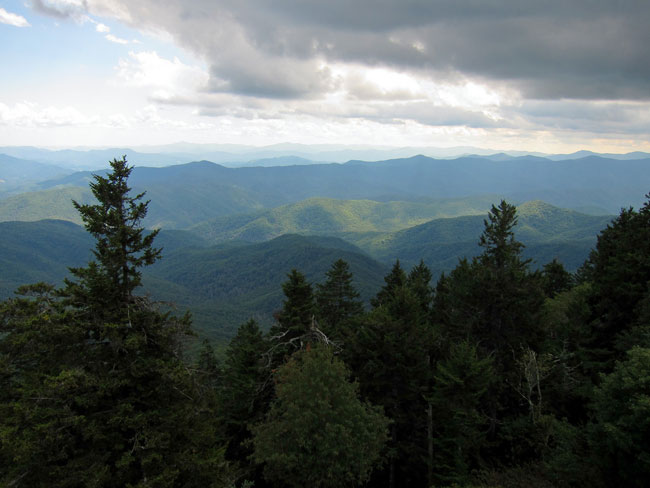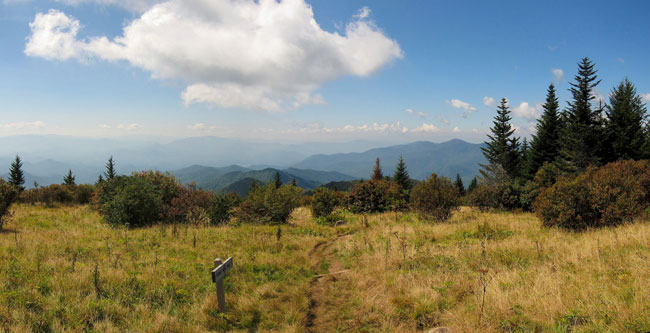By Michelle Werts
History is complicated — probably because life is complicated. Great Smoky Mountains National Park celebrates its 78th anniversary today, but the story of the founding of America’s most visited national park — more than eight million people visit each year — is much more complex than a simple anniversary suggests.

The idea of creating a national park in the famous eastern mountains first cropped up in the late 1800s, but it would really take flight in the 1920s. A number of individuals were influential in sparking the movement, including two friends who gave the park a voice and a vision: Horace Kephart and George Masa. In 1913, Kephart published Our Southern Highlands, a book about people who live in the Smokies. He would become a key voice for the creation of a park through his journalistic writings for magazines and newspapers. In 1915, photographer Masa came to the Smokies and connected with Kephart, providing stunning images to accompany Kephart’s writings.
Through the effort of Kephart, Masa and other influential Tennesseans and North Carolinians, in 1926, President Calvin Coolidge signed a bill for the establishment of Great Smoky Mountains National Park. There was a catch, though: The government couldn’t buy the land for the park — that had to be done with outside funds. The park’s supporters began a major fundraising drive and eventually secured enough funds to buy hundreds of thousands of acres. Then, there was a second catch: People and businesses owned that land. Unlike the western parks, whose acreage could easily be set aside because no one lived there yet, the Smokies were filled with homesteads, timber and lumber companies and other development. Those people had to be compensated for their losses — some individuals were actually given lifetime leases to keep their homesteads within park lands. Finally, on June 15, 1934, land in hand, Great Smoky Mountains National Park was established, and six years later, it would be officially dedicated by President Franklin D. Roosevelt.

And what a park it is:
- Its 800 square miles are home to 17,000 known species of plants and animals, although scientists estimate that 100,000 different species probably call the park home.
- Its 200-million-year-old mountains can reach up to 6,643 feet.
- Its land is 95 percent forest and houses more than 100 native tree species, which is more than any other national park.
- It hosts the largest protected bear habitat in the East, protecting its iconic American black bears, which number around 1,500.
- Its 700 miles of waterways are home to more than 50 native fish species.
- It’s called the Salamander Capital of the World, according to its website, because of the 30 salamander species that can be found there.
- Its 800-plus miles of trails offer visitors a myriad of ways to see the mountains, old-growth forests, dozens of preserved historic buildings, waterfalls and more.
So while the park may have been tricky to get founded, aren’t we glad its supporters persevered?

P.S. For more beautiful photos of Great Smoky Mountains (like those in this post) and other national and state parks, check out Miguel Vieira’s Flickr stream. Spectacular.